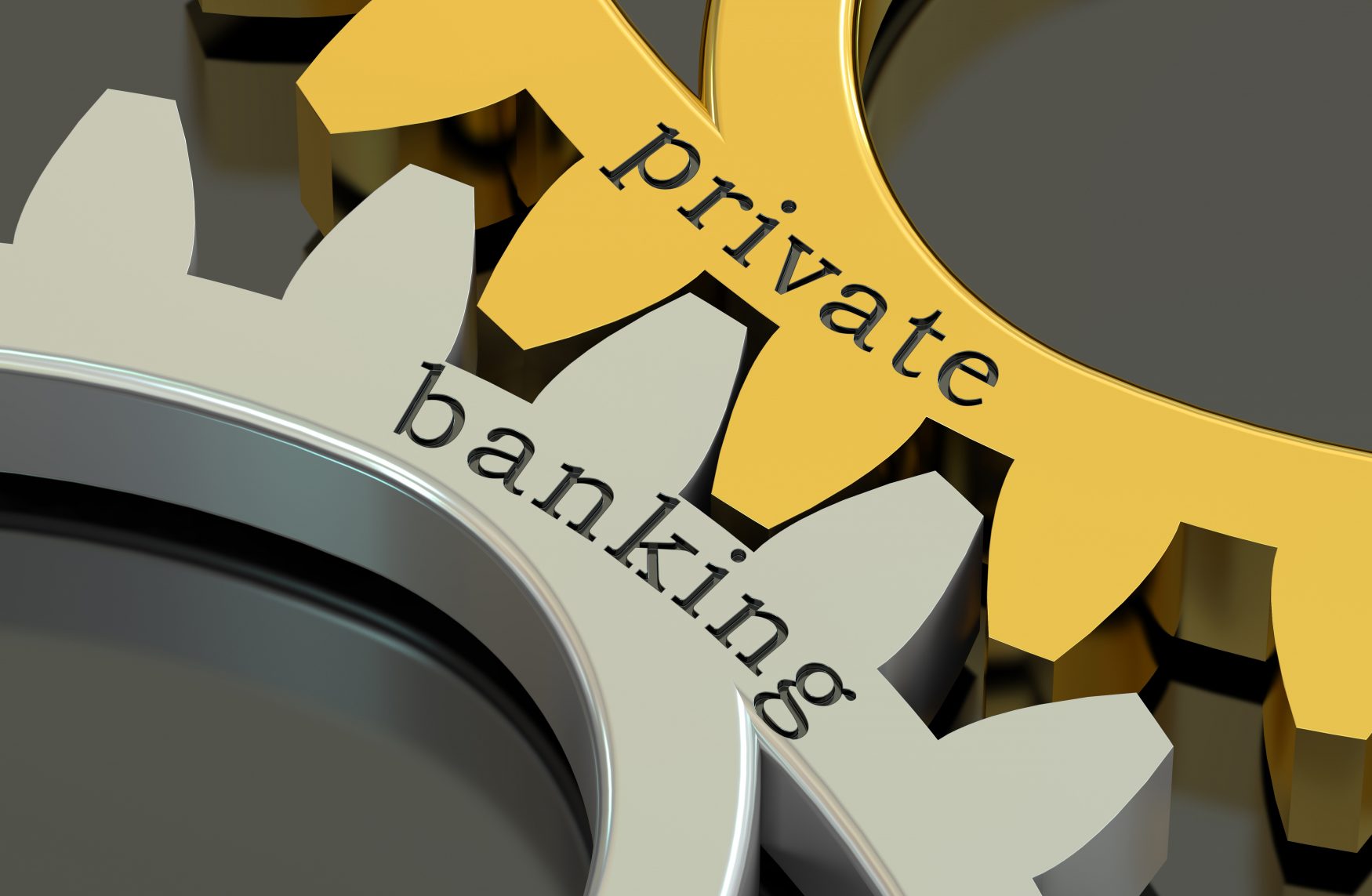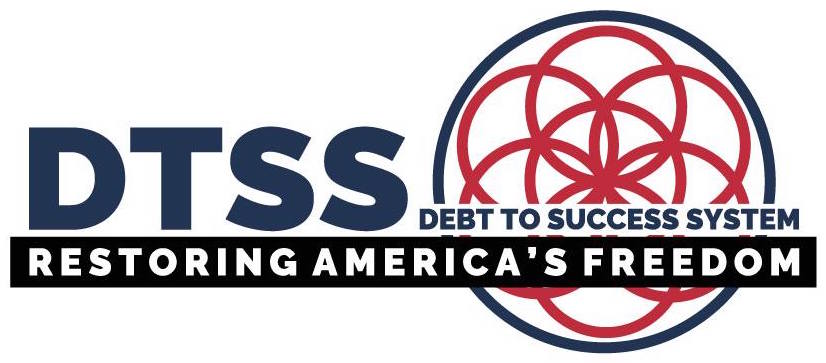
A Private Banking System
A Private Banking System Not Only Benefits From U.S. Economic Policy, It Designs the Policy!
Little does the American public realize that a private banking system actually controls the U.S. Federal Reserve and the so called ”national” or central banks across the globe.
Granted, readers may think that this sounds like a loony conspiracy-theorist-rant.
To belay such concern, let us begin by citing the verdict of the U.S. Appeals Court, Ninth Circuit, for the Central District of California, in the case of Lewis vs., the United States of America of April 19, 1982.
The plaintiff, John L. Lewis, who had been hit by a vehicle pertaining to the Federal Reserve Banks of the United States, sued the U.S.A. under the Federal Tort Claims Act.
However, Lewis was no doubt shocked when, examining the evidence, Judge David W. Williams J. ruled unequivocally, “that Federal Reserve Banks are not federal instrumentalities for purposes of the Act, but are independent, privately owned and locally controlled corporations.”
Having thus established the legal consideration that the Fed is part of a private banking system, it appears to give weight to recent accusations that, despite its President being named by the U.S. Executive Office with congressional approval, the Federal Reserve (as other central banks around the globe) is just another scam by elite capital to make more bucks off the hard sweat of working people.
A Private Banking System: Elite/Jekyll Island
The first central bank was the Bank of England, back in 1694. It was invented to print up vast sums of currency so King William III had the cash flow necessary to maintain war with France and manage the debt that war provoked.
It would serve as the model to later be followed in the U.S. and around the globe.
Numerous accounts tell of a secret meeting on the private Jekyll Island, off the coast of southern Georgia in 1910, where the idea for the monstrous Fed was hatched in what was literally a smoke filled club house for the elite.
Among the schemers attending the 9 day pow-wow were millionaires J.P. Morgan and William Rockefeller, U.S. Senator Nelson Aldrich, head of the congressional committee named to develop proposals to resolve the problems of the banks (a grave concern at the time as there had been several collapses in this growing sector of the economy).
Also present were Assistant Secretary of the Treasury Abraham Andrew, National City Bank President Frank Vanderlip, Paul Warburg (who inspired the Daddy Warbucks character of Little Orphan Annie fame) and 3 other Wall Street bankers.
More than two decades later, in 1935, Vanderlip wrote of the secret meeting in which the owners of a quarter of the Earth’s wealth had been assembled.
A Private Banking System: Cabal Emerges
Prior to this meeting, the millionaire capitalists present, who had been the pioneer elite of the United States, had been competitors for their stakes in the growing industrial economy.
With this meeting, however, the blueprints for a private banking system would emerge that united them as an industrialist and finance cartel…together with their cohorts in government greasing the wheels and, of course, getting their kickbacks.
Three years later, passed before Senator Aldrich made good, getting the Commission formed to prevent monopolization within the finance sector, to meet late in the night and pass his package that established the banking cartel under the wing of the U.S. Government as the Federal Reserve Banks.
With this Act Congress delegated its non-transferable Constitutional authority for the production of currency to the cartel. Since that time the Federal Reserve, as with most central banks around the globe, began its masquerade as an institution of government, with its Board of Governors appointed by the President, subject to Senate approval.
A Private Banking System: Taxpayers Fund Insanity
But despite said formalities, it is an independent institution under congressional supervision as much as any other private institution subject to the laws that Congress legislates.
With Congress having ceded its Constitutional role to this cartel, ruled by the Governors and the heads of 12 regional banks, it no longer had the right to produce currency, thus creating the need to borrow money, in a crunch, from the Fed, i.e. from its member banks.
This would be paid back off with interest, of course, by the taxpayers.
This Corporate College of Cardinals of U.S. finance has been left to select the raising or lowering of interest rates and to increase or decrease amounts of currency in circulation.
This is all done with the interest of the private banking system in mind and what the heads of this system consider good policy. That, of course, translated into maintaining the highest levels of profit for finance capital.
Obviously, when crises arise, the federal government is always there to assume the debt of the principal banks in the Fed, as we are seeing with the most recent bailout.
It’s too bad, but a private banking system is paid by American taxpayers to run the economy in the interest of private profit margins for the select elite banking and finance giants.

 My First Amazing Ayahuasca Experience
My First Amazing Ayahuasca Experience  Pine Needle Tea
Pine Needle Tea  The REAL Controllers of Humanity: The Papal Bloodlines
The REAL Controllers of Humanity: The Papal Bloodlines  Is it Global Warming or Cooling?
Is it Global Warming or Cooling?  Gun Rights and Obama Examined
Gun Rights and Obama Examined